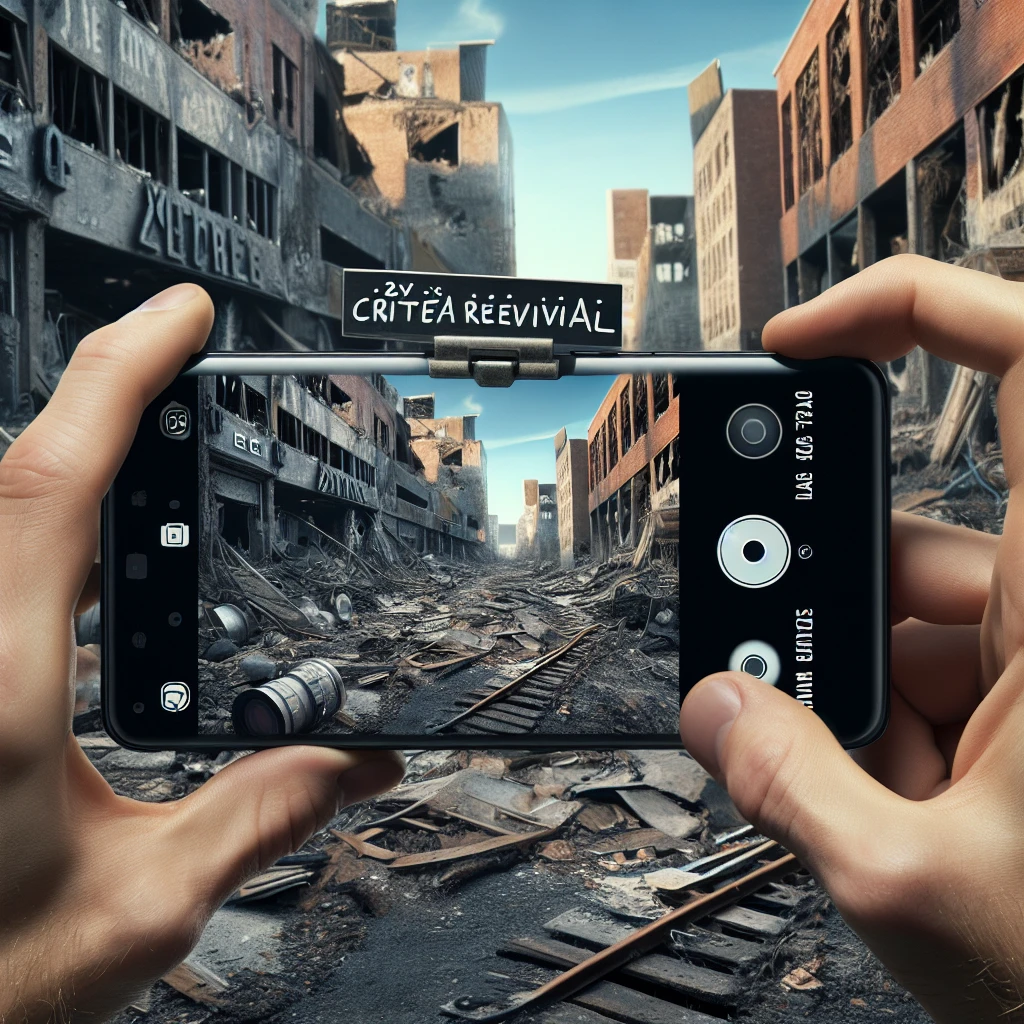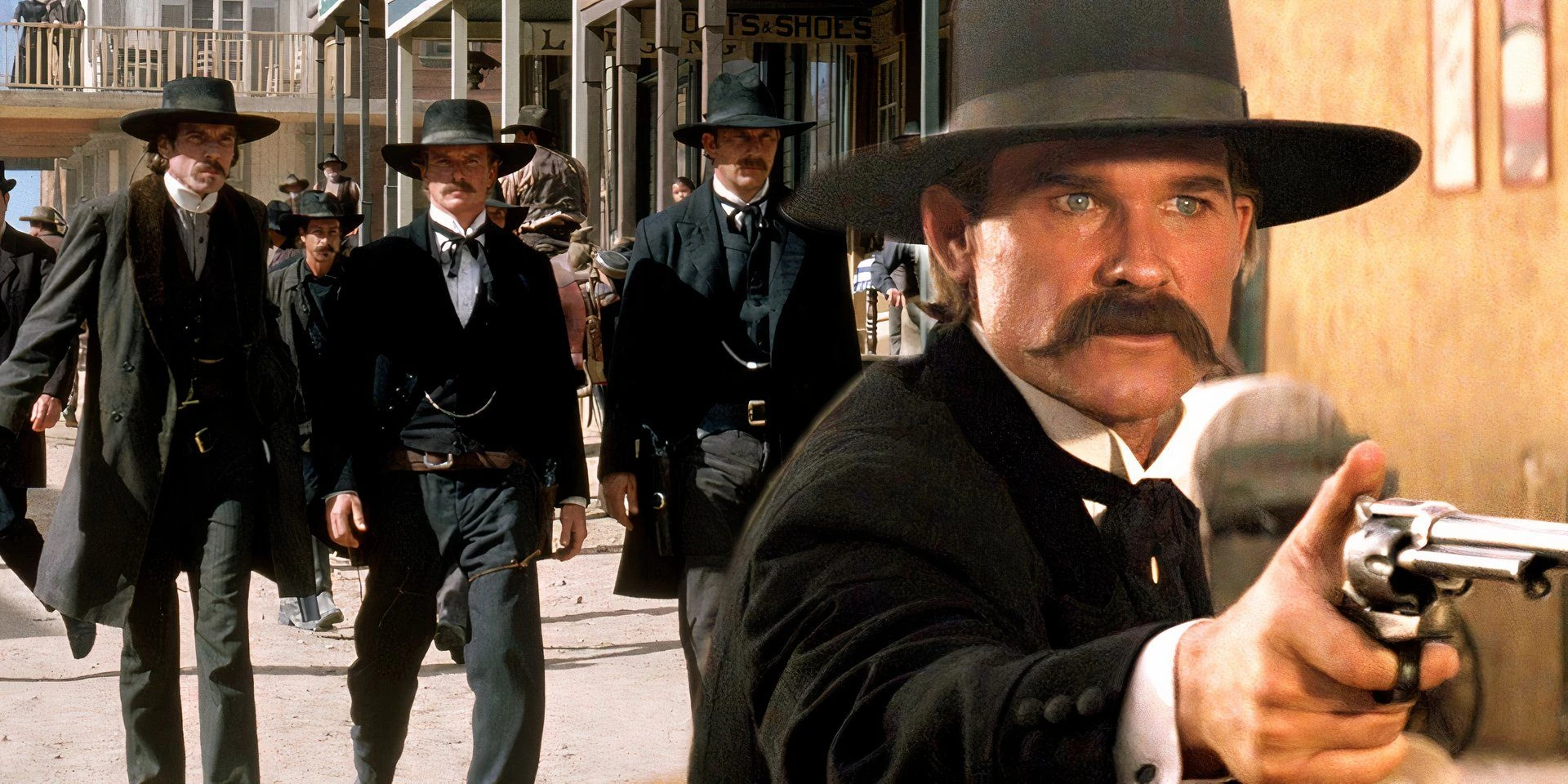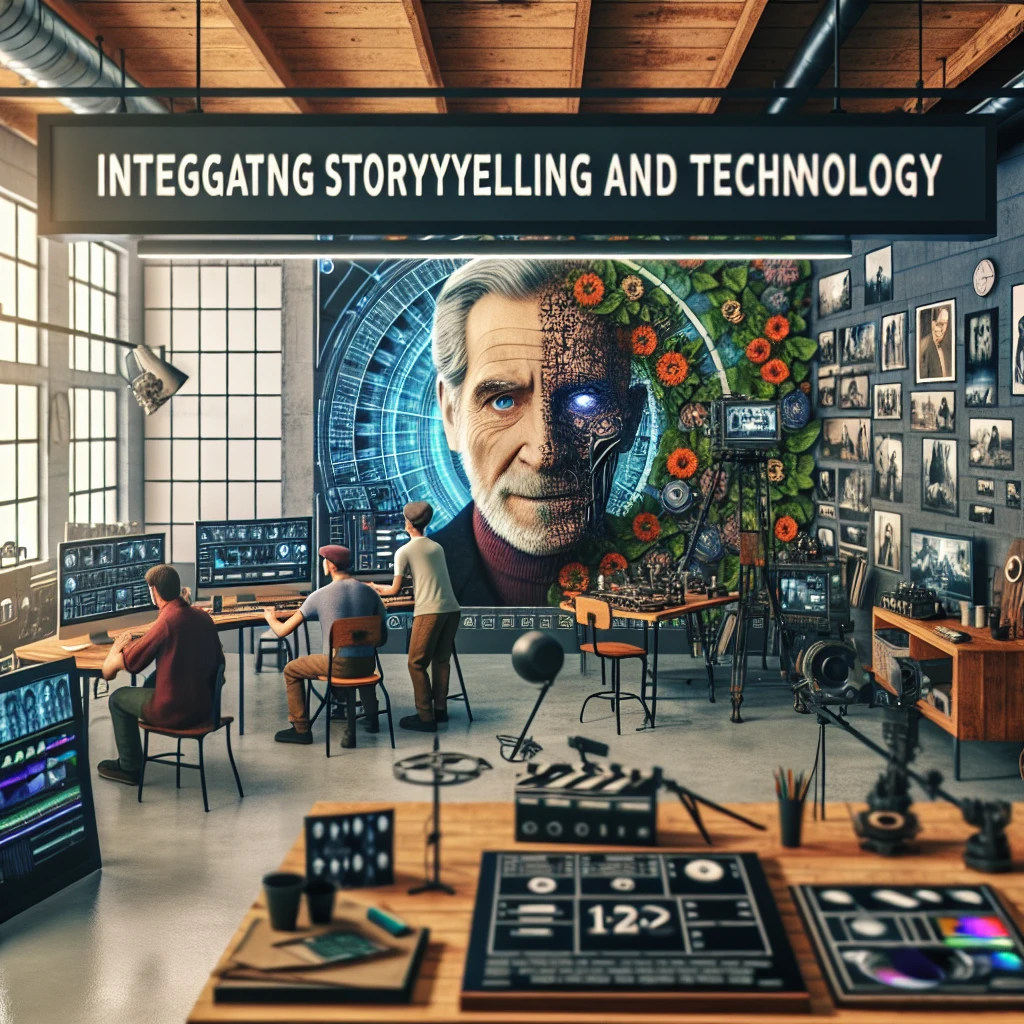Danny Boyle’s Innovative Approach to “28 Years Later”
Celebrated director Danny Boyle is reportedly embracing an unconventional method for filming his much-anticipated horror sequel, “28 Years Later.” The original 2002 film featured Cillian Murphy as a man who awakens from a coma to discover the UK devastated by a virus that transforms humans into mindless, rage-fueled zombies. Scheduled for a 2025 release, the sequel will see Murphy joined by Aaron Taylor-Johnson, Jodie Comer, Ralph Fiennes, Jack O’Connell, Erin Kellyman, and Edvin Ryding, marking their entry into the franchise. Filming concluded in July.
According to Wired, Boyle has chosen to film “28 Years Later” using an unexpected piece of technology. Instead of employing traditional digital film cameras typical of large-scale productions, he opted for iPhone 15s equipped with modified hardware, lenses, and cages to capture the movie’s footage.
Despite this unconventional choice of technology, cinematographer Anthony Dod Mantle, a longtime collaborator with Boyle, returns to the franchise. Mantle reunites with the director for the first time since the 2002 original to oversee the visual storytelling of the 2025 sequel.
Insights Into “28 Years Later”
Reuniting the Original Creative Team for a New Horror Trilogy
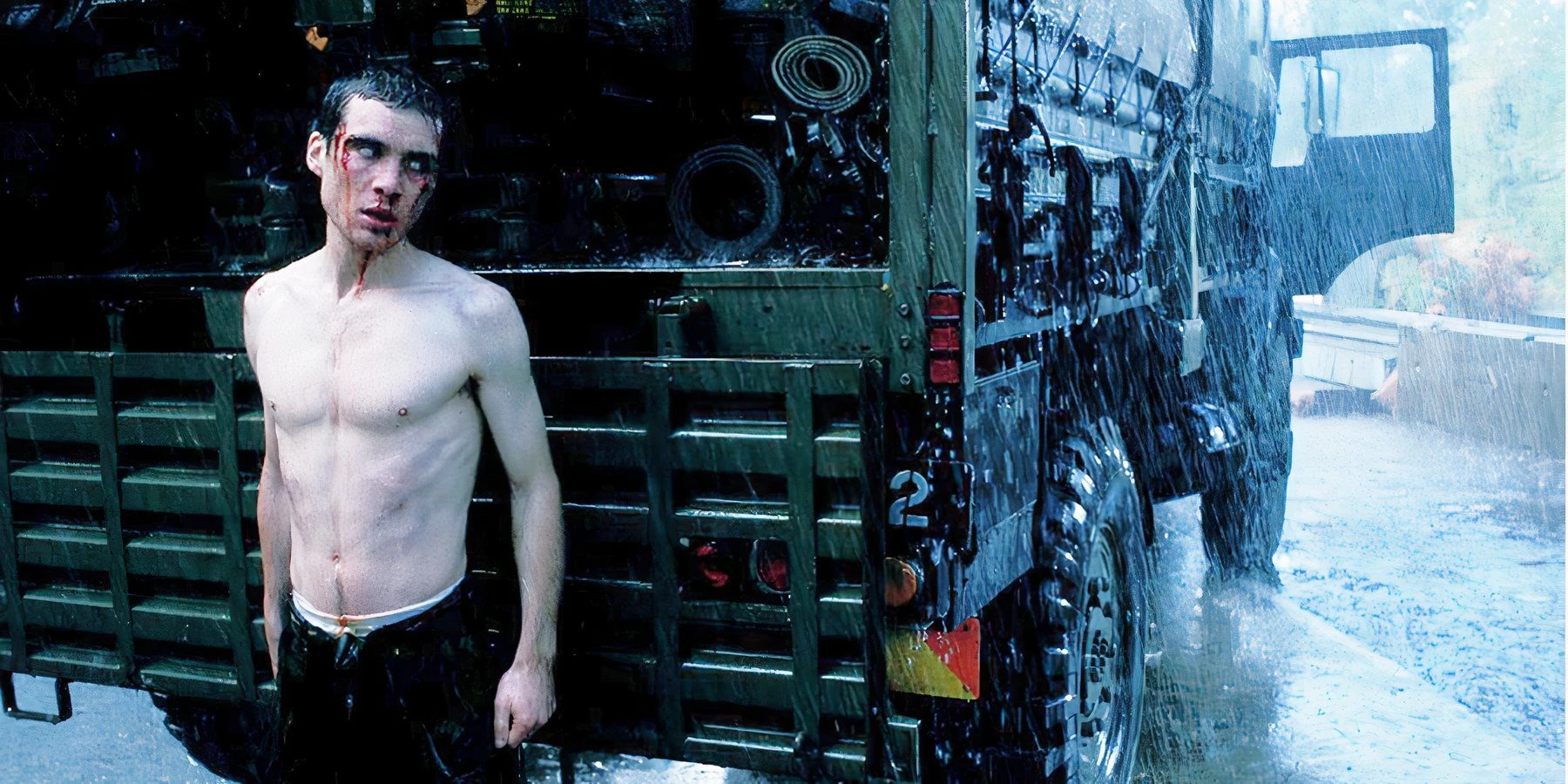

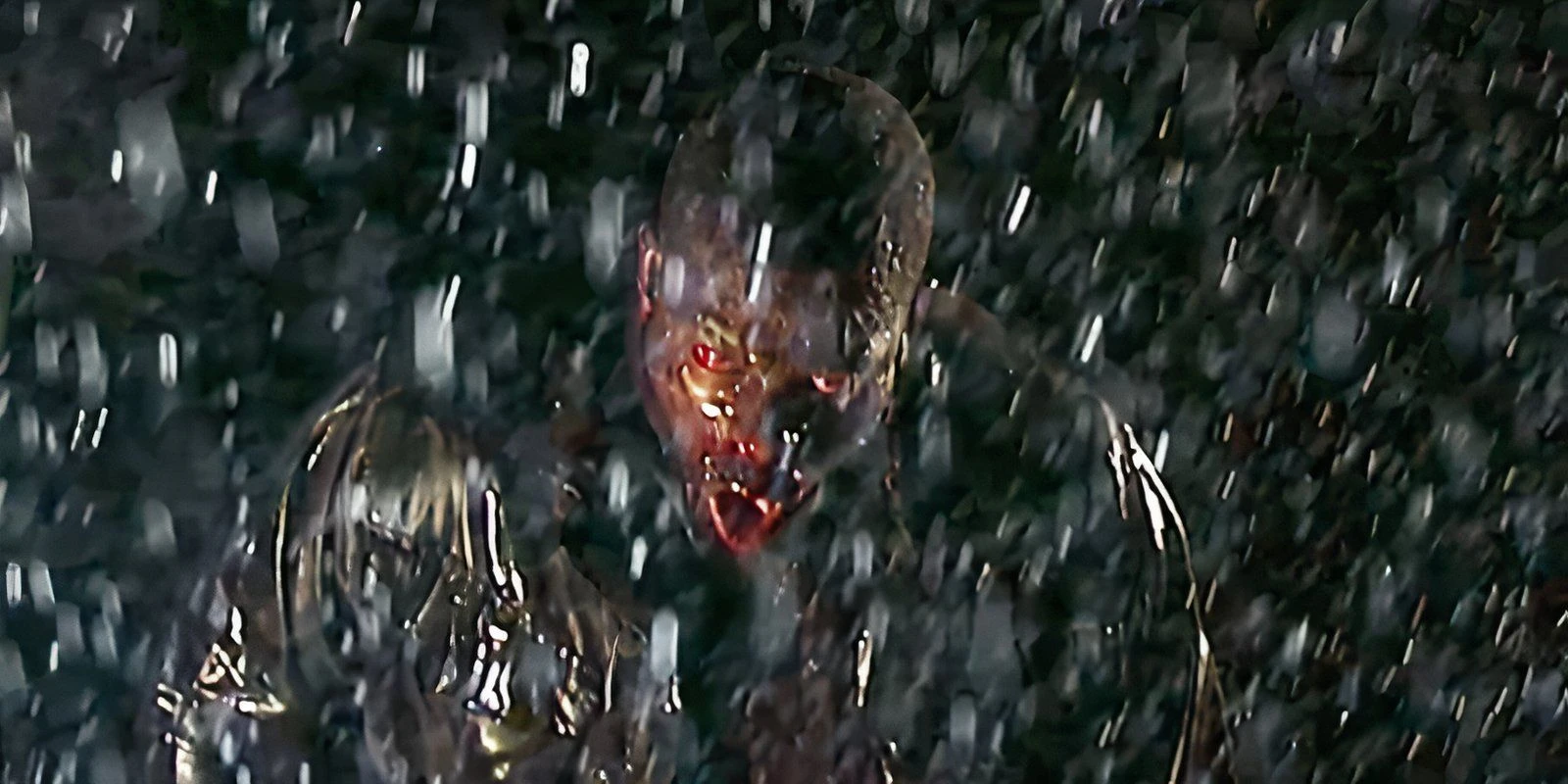
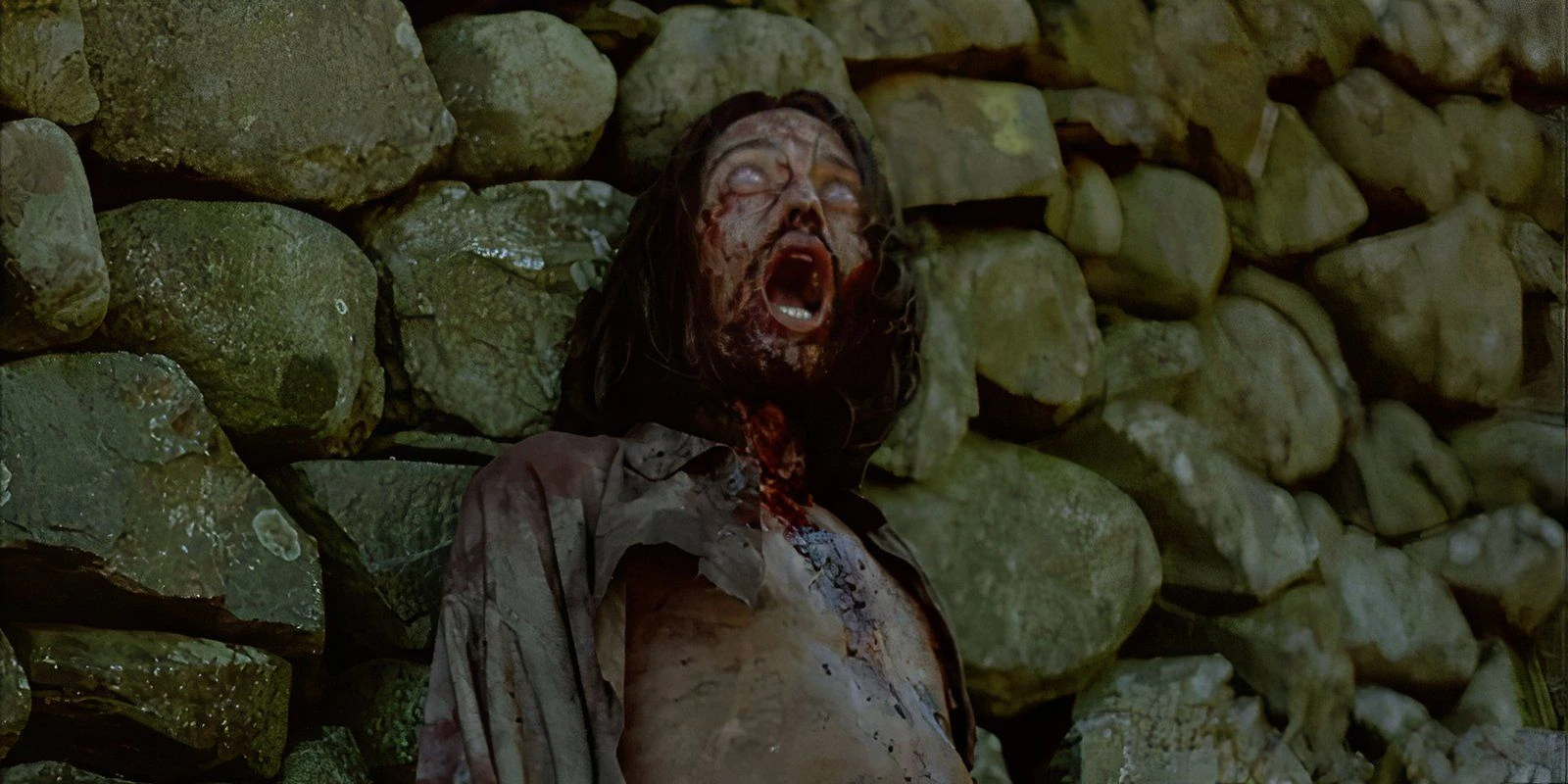
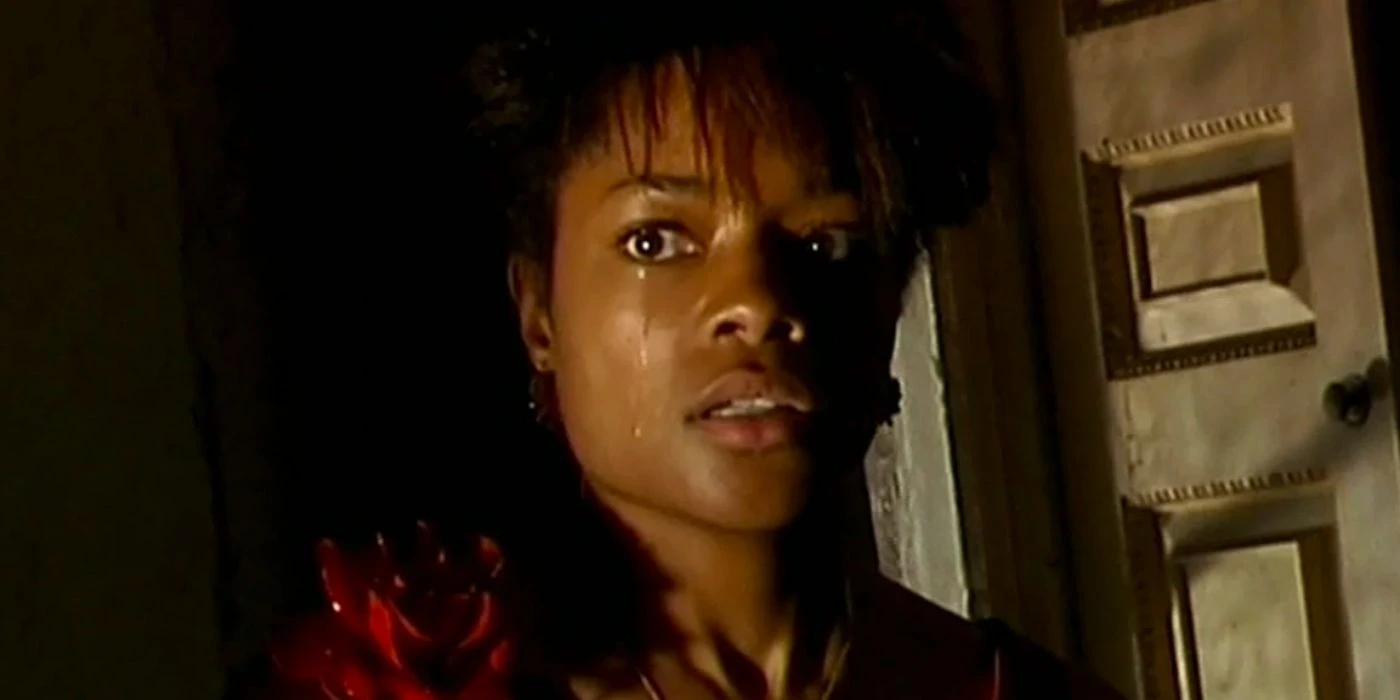
In addition to Boyle, Murphy, and Mantle, “28 Years Later” will see Alex Garland returning to co-write the sequel alongside Boyle. Garland’s previous involvement was as a producer for the 2007 sequel, “28 Weeks Later.” Production began on May 7 in Northumberland and wrapped on July 29, more than a year before its scheduled release on June 20, 2025.
Although the project experienced a lengthy development period spanning over 17 years, “28 Years Later” is just the beginning of a new trilogy. A fourth film, “28 Years Later Part II: The Bone Temple,” is already in the works. Directed by Nia DaCosta of “Candyman” fame, it is set to be filmed consecutively with Boyle’s installment, with Boyle and Garland transitioning to producer roles.
Analyzing Danny Boyle’s Camera Choice for “28 Years Later”
Recapturing the Original Movie’s Unique Atmosphere
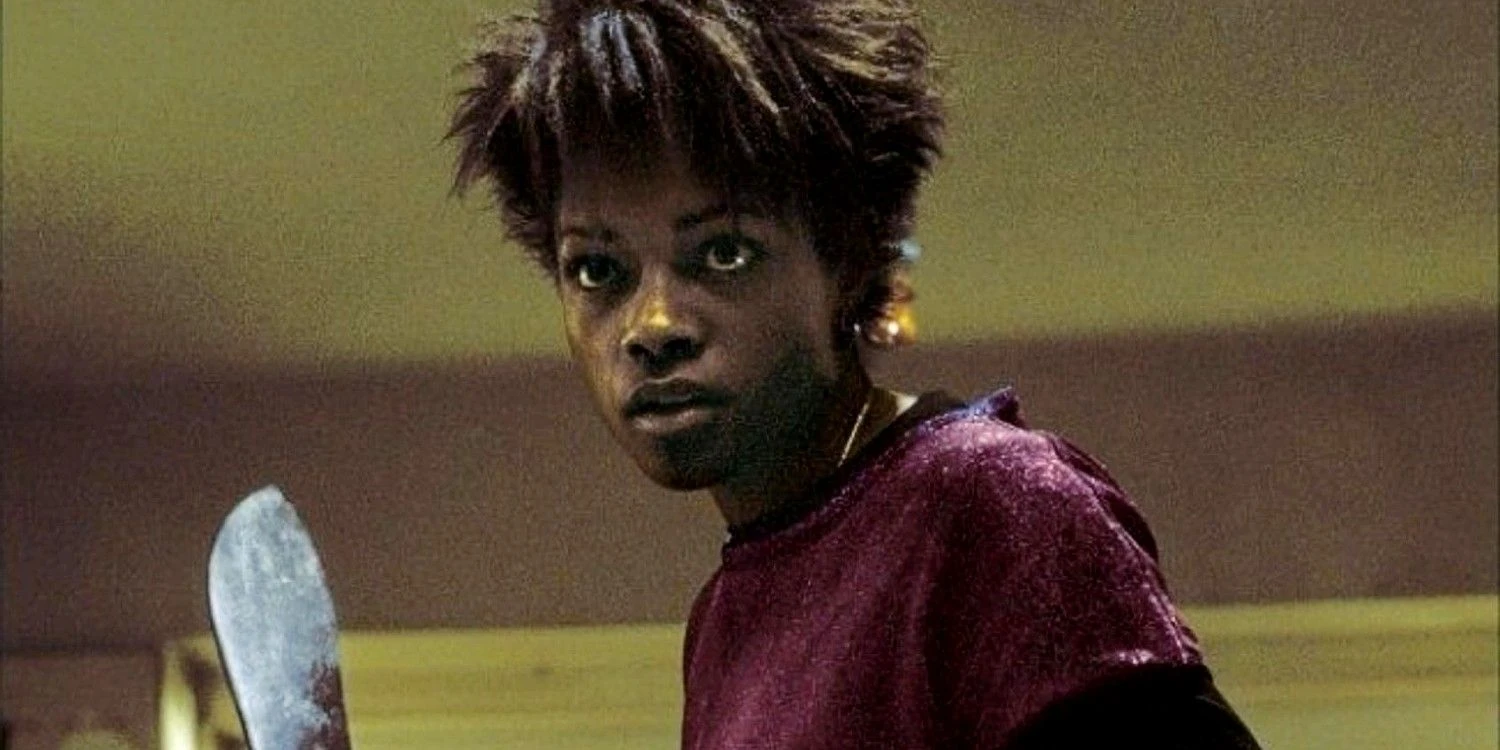
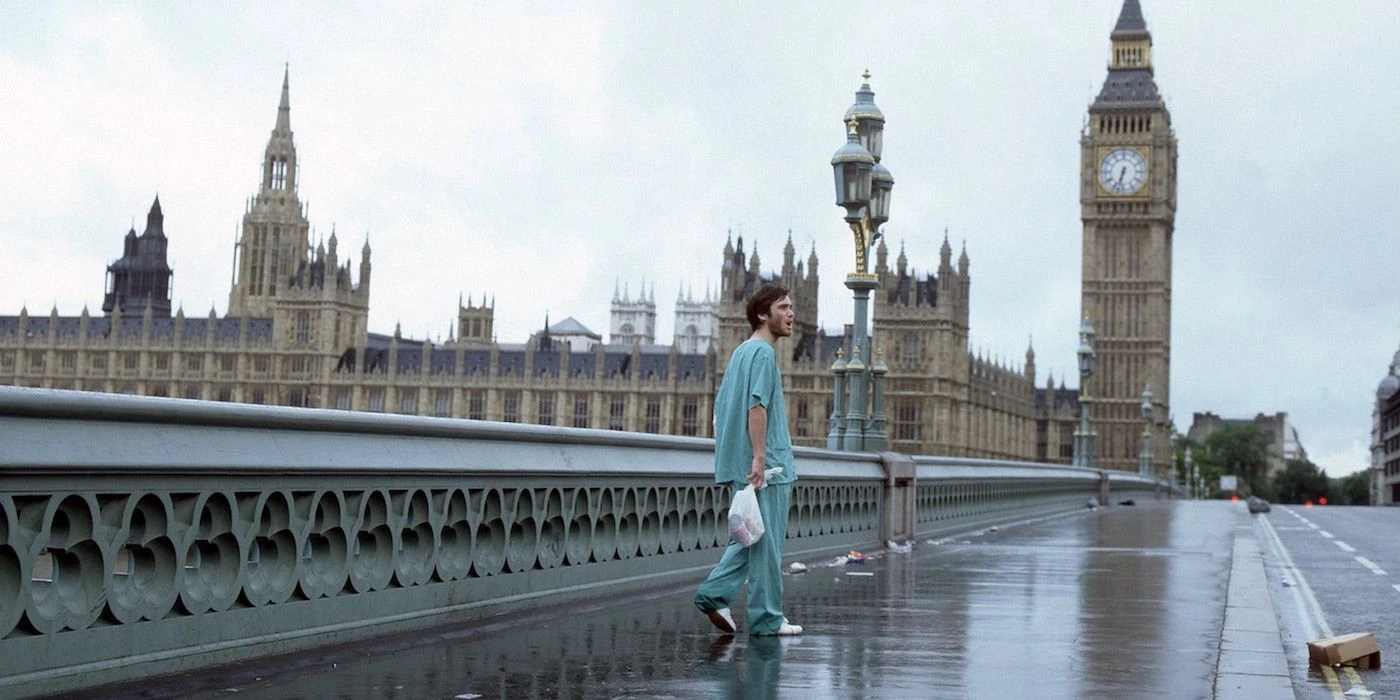
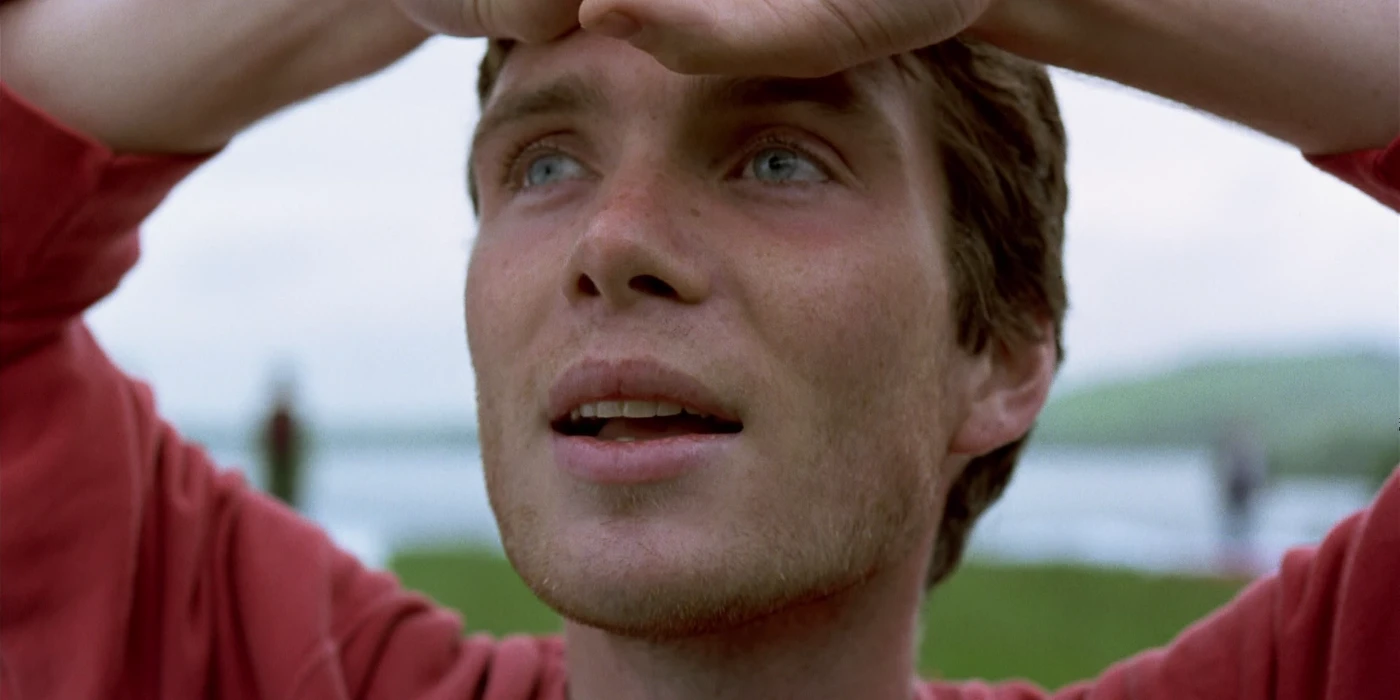
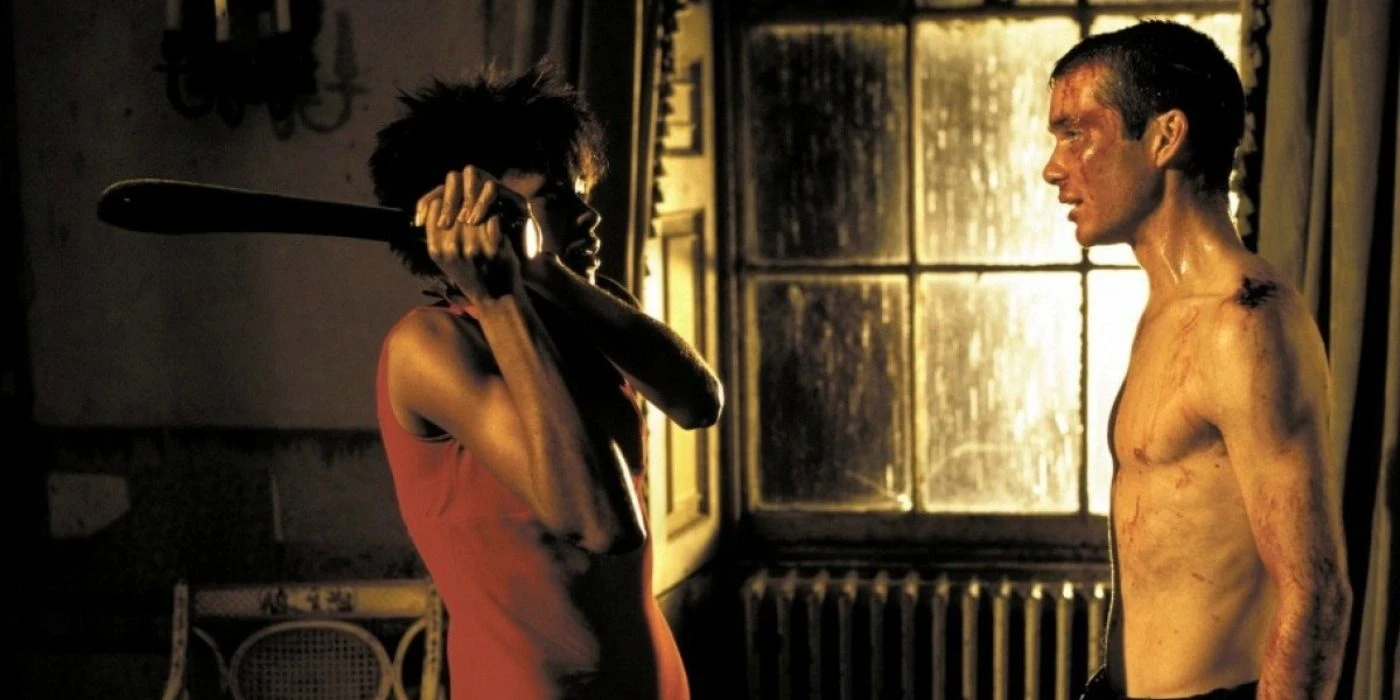

Boyle’s decision to use unconventional cameras for “28 Years Later” aligns with his previous contributions to the franchise. The original “28 Days Later” employed smaller Canon XL1 digital cameras, chosen for their maneuverability during the film’s brisk shooting schedule. Consequently, the visual quality resembled that of an early 2000s British television drama rather than contemporary films.
To avoid public disruption, scenes in typically bustling London areas were filmed at dawn, necessitating road closures for approximately 45-minute intervals.
Despite the difference in camera quality, the rough digital footage of “28 Days Later” contributed to the film’s gritty realism, emphasizing the horror and grounding the narrative. This visual distinctiveness and rawness enhanced the film’s impact, particularly at its conclusion, where traditional film footage was used for dramatic effect. Boyle’s choice of iPhones for “28 Years Later” suggests an attempt to evoke a similar visceral experience.
Source: Wired
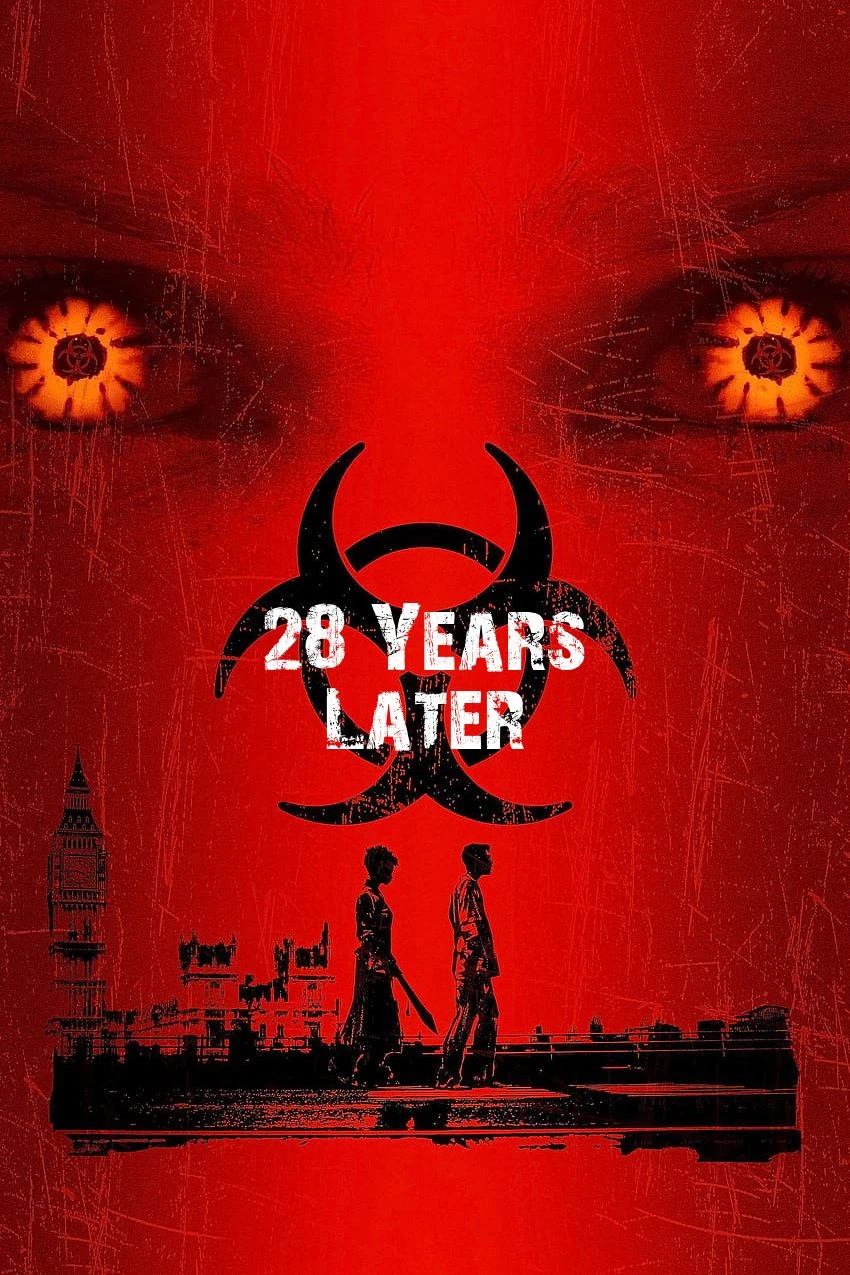
28 Years Later
- Horror
28 Years Later is the tentative title for the third film in the "28 Days Later" franchise, initially conceived by Danny Boyle and Alex Garland. Originally expected to be titled "28 Months Later," the film still hasn't been officially confirmed, but preliminary work on a script has reportedly been underway.

